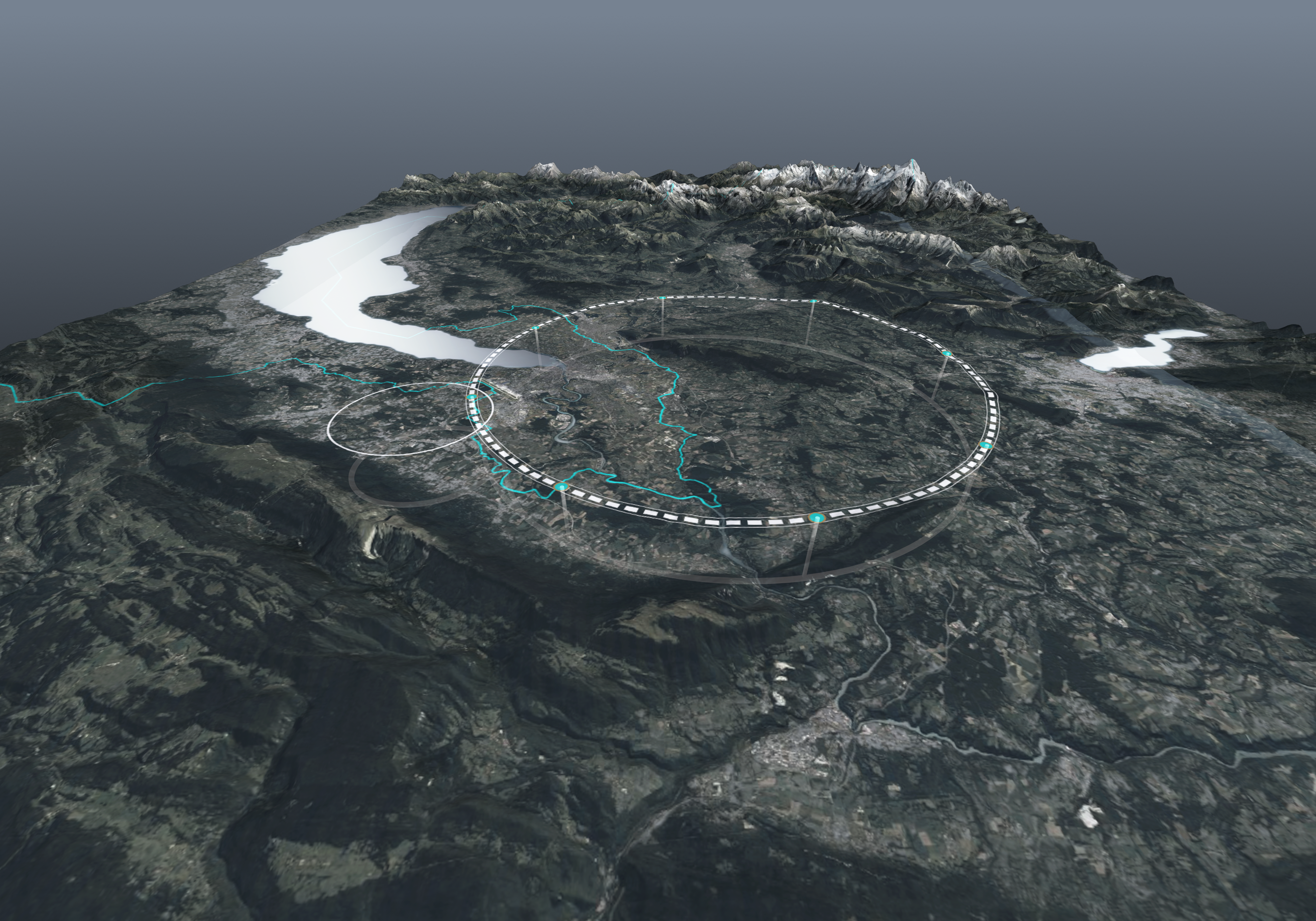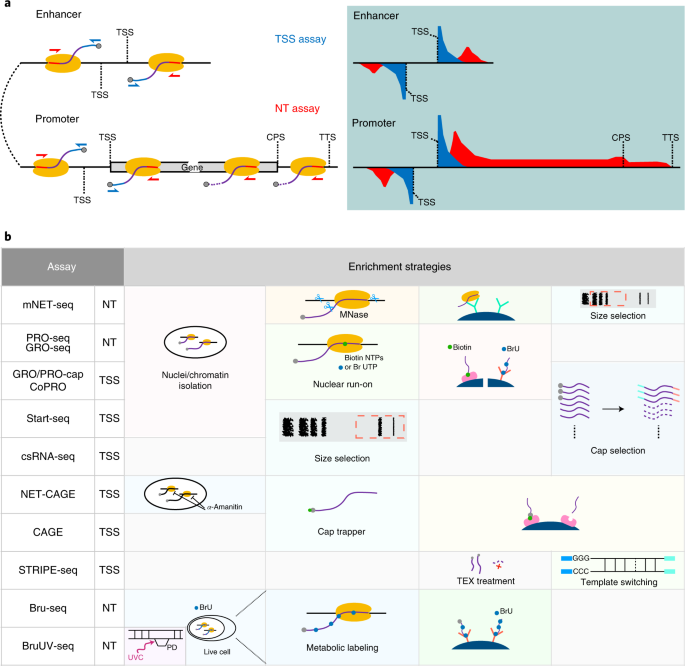
The agency has extended until Oct. 8 the deadline for proposals for the Transport Layer Tranche 1
WASHINGTON — The Space Development Agency revised a request for proposals that previously had sought bids for 144 satellites. It is now seeking proposals for 126 satellites, and will procure the other 18 at a later time.
SDA Director Derek Tournear said Sept. 27 on a DefenseOne virtual event that the change was made after it was determined that the original plan to launch six stacks of 24 satellites would not work due to launch vehicle constraints. Each stack had to be reduced to 21 satellites.
The agency extended until Oct. 8 the deadline for proposals for the Transport Layer Tranche 1. The 126 data-relay communications satellites will be connected in a mesh network.
In the original RFP issued Aug. 30, SDA had asked for 126 “baseline” communications satellites to be launched in 2024 and an additional 18 “partner payload program” satellites — known as P3 — that would carry hosted payloads. The revised RFP was posted Sept. 14.
The P3 satellites will be a mix of 12 UHF (ultra-high frequency) and S band, and six that will carry yet-to-be determined payloads from the Air Force Research Laboratory, the U.S. Army or the Defense Advanced Research Projects Agency.
Tournear said SDA initially planned to launch six planes of 24 satellites — 21 baseline and three P3. “But as we started to work through the national security space launch Phase 2 requirements, that presented some constraints,” he said.
“We needed a seventh launch for the P3 satellites,” he said.
SDA still plans to buy the 18 P3 satellites but they will be in a separate solicitation, said Tournear. Once it was determined that they would require another launch, “it made sense to do a separate solicitation.”
Tournear did not elaborate on the specific launch vehicle constraints. According to industry sources, SDA had to reduce the stack to 21 because SpaceX’s Falcon 9 in its recoverable booster configuration could not accommodate 24 satellites in one launch. SpaceX and United Launch Alliance are the launch service providers under the the national security space launch Phase 2 contract. These sources said the Space Force required the SDA to configure its payloads so they could be launched by either provider.
SDA will procure a commercial launch for the P3 satellites, said Tournear, “These will be all demonstration prototypes, not operational satellites.”
Note: This article have been indexed to our site. We do not claim legitimacy, ownership or copyright of any of the content above. To see the article at original source Click Here













